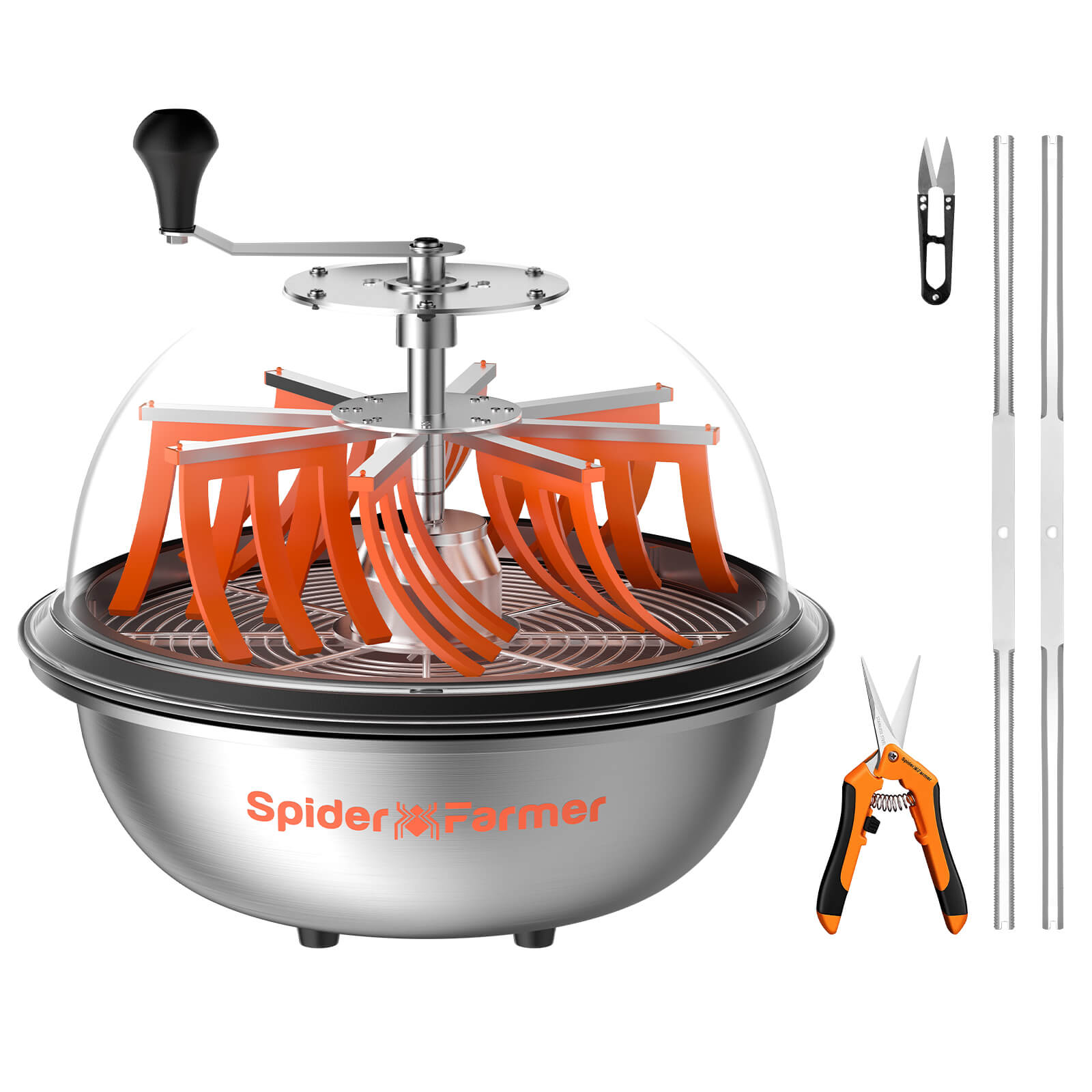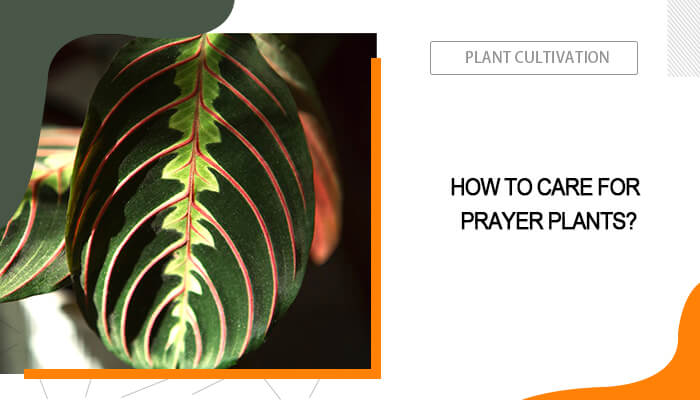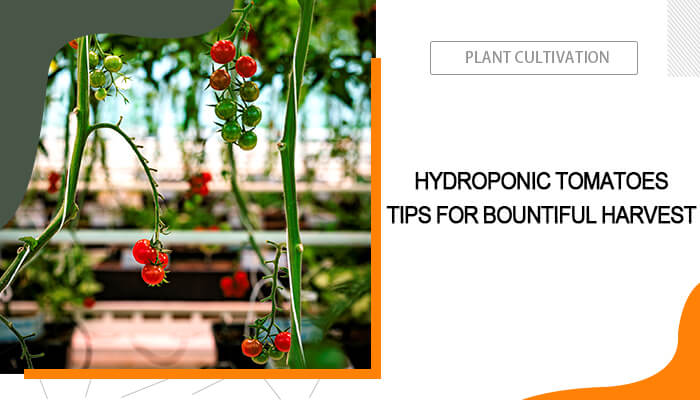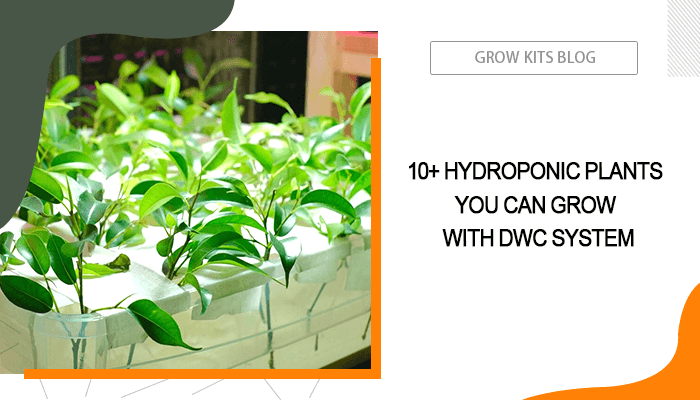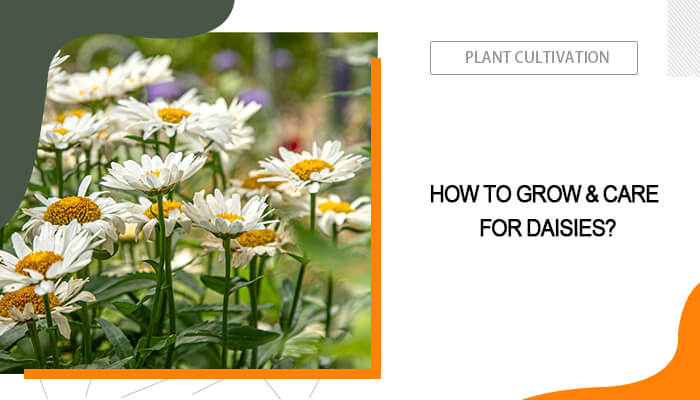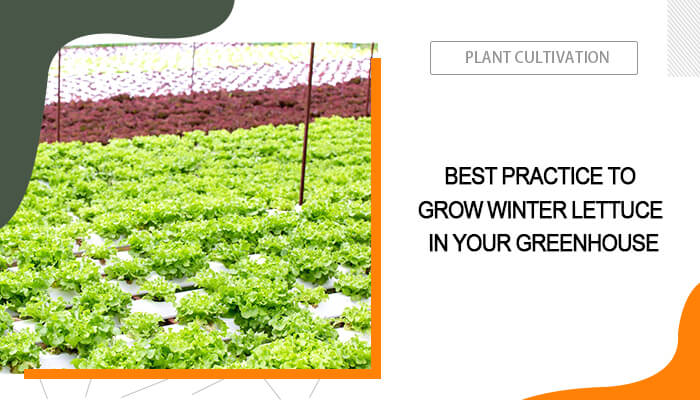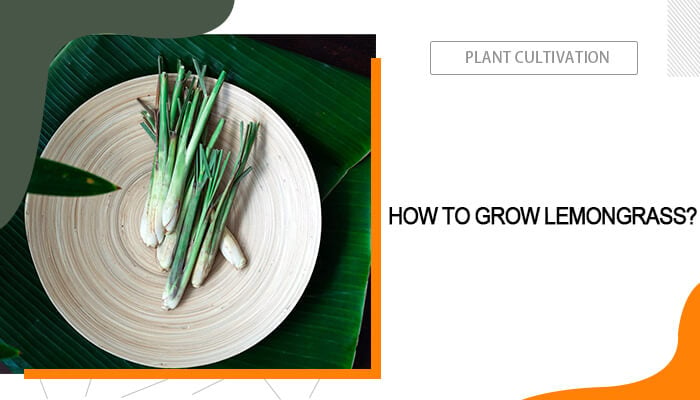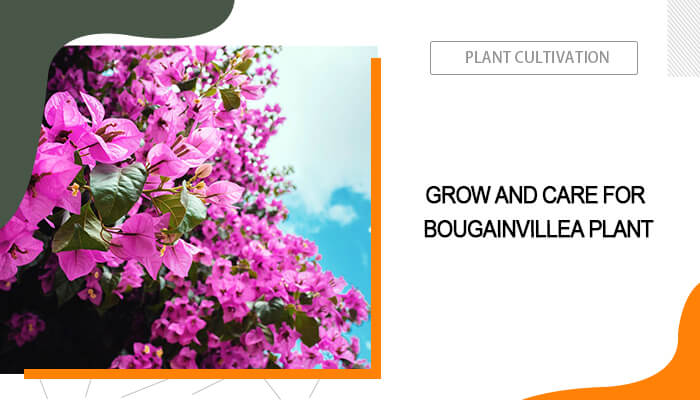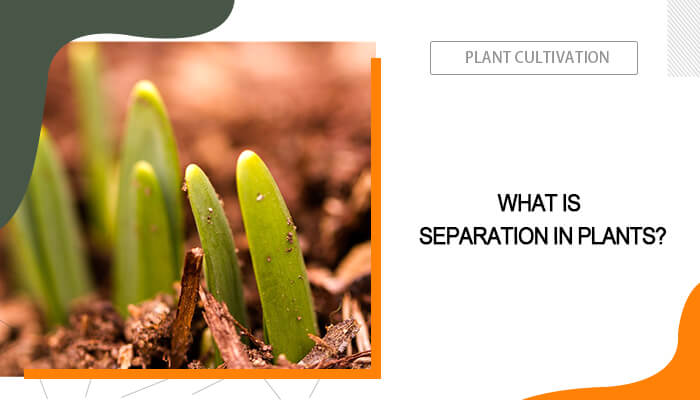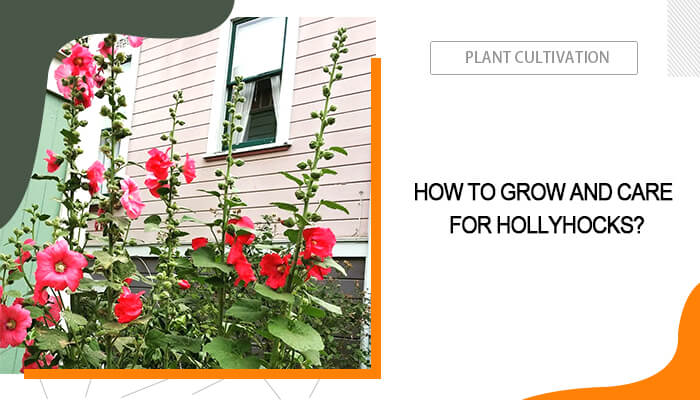Lavender is a beloved plant cherished for its beauty, aroma, and numerous practical uses. From essential oils and sachets to culinary delights and medicinal remedies, lavender offers a versatile array of benefits. To maximize its fragrance, essential oil content, and overall quality, you're expected to harvest lavender at the right time and in the correct manner.
In this article, we'll focus on the best practices for harvesting lavender. From when to pick lavender to how to use the lavender plant leaves. Whether you're a novice enthusiast or a seasoned gardener, you can enjoy the delightful aroma and therapeutic properties for months to come.
Table of Contents
When to Harvest Lavender?
The best time to harvest lavender is in the early morning after the dew has evaporated but before the heat of the day sets in. Typically, lavender blooms from late spring to mid-summer. To acquire the highest fragrance and essential oil content, you can harvest lavender when about 50-75% of the flower buds have opened.
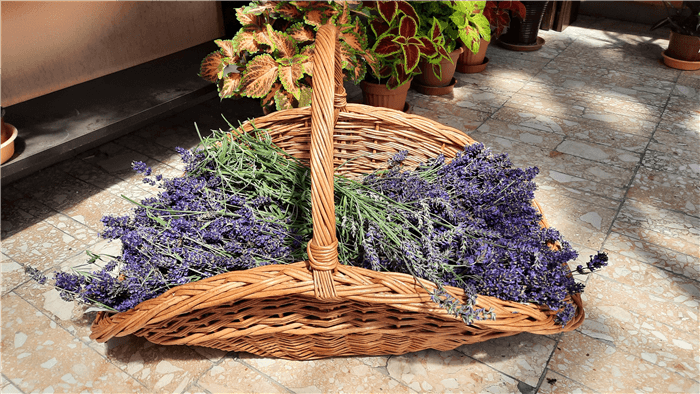
When to Harvest Lavender?
Notably, it’s generally too late to harvest lavender when the flowers have fully bloomed and started to fade or wilt. This indicates that the plant has passed its peak oil production period. As mentioned, the optimal time to harvest is when about 50-75% of the flower buds have opened, typically in mid-summer. Harvesting after this point may result in lower fragrance and essential oil content.
Additionally, if the weather turns cold or frosty, it can damage the lavender. It becomes unsuitable for harvesting lavender. Therefore, it’s best to harvest lavender early in the morning, after the dew has evaporated but before the heat of the day. This will ensure the highest quality and fragrance of lavender.
How to Harvest Lavender?
After learning when to pick lavender, we’ll further explore how to pick and harvest the plant. Whether you plan to use it for crafting, cooking, or simply enjoying its aroma, knowing the right techniques will ensure you get the best quality of the lavender.
Tools and Supplies
Before getting down to business, it’s essential to gather the necessary tools and supplies. First of all, you may need a pair of gloves and sharp, clean pruning shears to make precise cuts without damaging the plant. Additionally, it’s useful to use a basket or container to collect the lavender after harvest, and it should be large enough to hold the stems.
Another important tool is the bud bowl trimmer. The is designed to trim the lavender stems and remove excess leaves or debris. You can use different blades to implement dry trimming or wet trimming, and use the harvested lavender for various purposes.
420 Price Guarantee丨Spider Farmer® 16″ Bud Leaf Bowl Trimmer
Here are the reasons why it’s worth trying a bowl trimmer:
- Food-Grade Materials: This bowl trimmer is made of food-grade materials, which are harmless to the human body and environmentally friendly.
- Sharp Stainless Steel Blades: Different types of blades can help you easily trim the flower buds and leaves without damaging the important stems and branches of the plant. This makes the whole trimming process pleasant.
- Dry & Wet Trimming for Different Applications: The straight blade is developed for wet trimming, while the serrated blade and X blade are for dry trimming. If you want to maintain the integrity of the lavender flower shape but remove excess leaves or small branches, you can choose to trim after harvesting and before drying. If you plan to clean the lavender before using it for purposes such as dried flowers, sachets, or essential oil extraction, you can trim after drying.
- User-Friendly Design: It’s easy to assemble, operate, and clean. No matter whether you’re a beginner or a professional, it can be your best choice.
- Versatile: It’s applicable in various fields, such as trimming flowers, leaves, and other delicate plant parts. It is a must-have tool for growers.
- Time-Saving: It can greatly reduce the time you spend on manual trimming, so that you can focus on other tasks while achieving professional results.
Steps to Harvest Lavenders
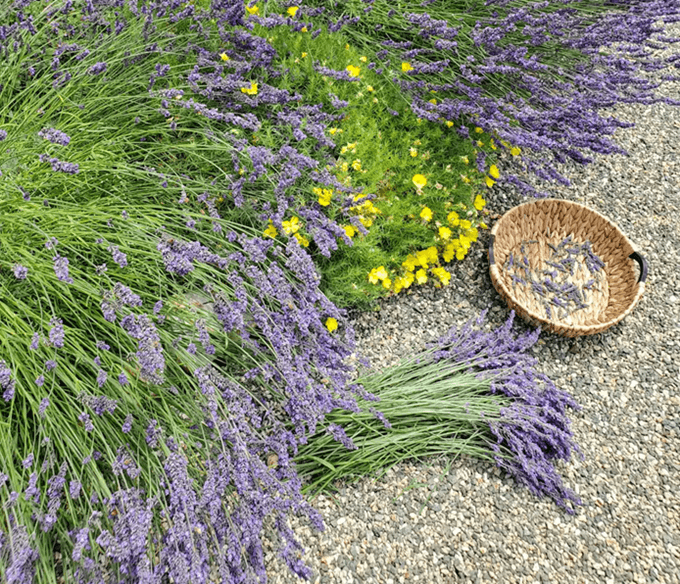
How to Pick Lavender?
- In the morning, after the dew has evaporated but before the heat of the day, look for stems with buds that are just beginning to open.
- Cut the stems about 1-2 inches above the woody part of the lavender with your pruning shears or scissors. This allows the plant to continue growing and producing new shoots.
- Once you have collected the stems, use the bud bowl trimmer to remove excess leaves and trim the stems to a uniform length. The bud bowl trimmer can help you neatly separate the buds from the stems.
How to Dry and Preserve Lavender Plants?
Fresh lavender has a relatively short lifespan, but you can extend its usability and preserve lavender by drying it. Whether you attempt to use dried lavender for crafting, aromatherapy, or simply to enjoy its soothing scent, learning how to dry lavender can further enhance your experience of growing lavender.
In this part, we’ll explore several popular methods of drying lavender. From the traditional air drying method to the more advanced freeze-drying method, each solution has its advantages. Let’s dive into the world of drying lavender and discover how to retain its delicate appearance.
Traditional Air Drying Method
If you plan to dry the lavender, bundle the lavender stems together with a rubber band or twine. You can gather 5-10 stems per bundle and ensure the flower heads are aligned. Meanwhile, each bundle should be about the size of your fist to allow for proper air circulation. Then hang the bundles upside down in a dark, dry, and well-ventilated area. Avoid direct sunlight to preserve color and fragrance. Normally, it will take about 1-2 weeks for lavender to dry completely.
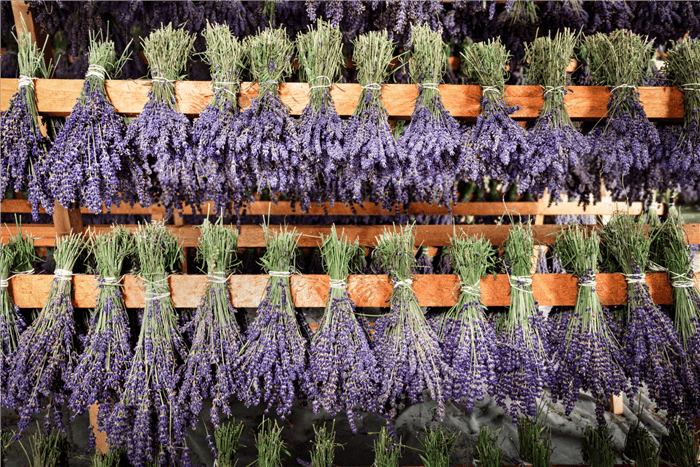
Air Drying Lavender
Oven Drying Method
Preheat your oven to the lowest setting (ideally 170°F or less). Then lay the lavender stems in a single layer. When drying lavender in your oven, check every 10 minutes and turn gently for even drying.

Oven Drying Lavender
Microwave Drying Method
Alternatively, you can use your microwave to dry the lavender. Place a paper towel on a microwave-safe plate and arrange lavender in a single layer. Then cover with another paper towel. Microwave on high for 30 seconds, then check. Continue in 15-30 second bursts. In total, the whole process will take about 1-3 minutes.
Freeze Drying Method
Freeze drying is a popular method for preserving lavender while retaining its vibrant color and fragrance. To freeze-dry lavender, spread the flowers in a single layer on a baking sheet and place them in the freezer until frozen solid. Afterwards, you can transfer the flowers to airtight containers or vacuum-sealed bags and store them in the freezer.
How to Use Lavender Plant Leaves?
Lavender plant leaves can bring you a lot of benefits and advantages. No matter it’s fresh or dried, lavender leaves have both aesthetic and practical benefits.
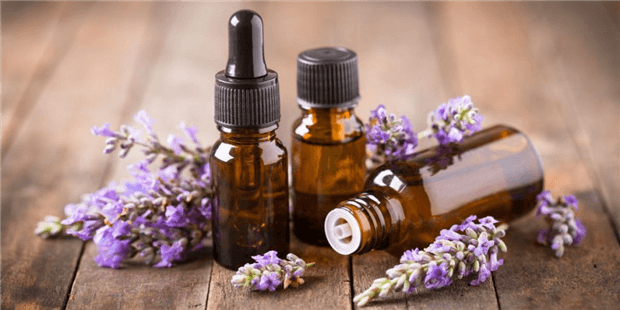
How to Use Lavender Plant Leaves?
Firstly, you can utilize them in aromatherapy to create calming essential oils or infused oils for massages and skincare. In the kitchen, lavender leaves can be brewed into soothing teas, added to beverages for a refreshing twist, or used as a unique seasoning in cooking and baking.
For crafting enthusiasts, they can add lavender leaves into potpourri, wreaths, and sachets, adding natural beauty and fragrance to their decor. Additionally, they serve as an effective natural pest repellent and can be used in skincare for their soothing properties.
Conclusion
In conclusion, the optimal time to harvest is when the flowers are in full bloom but not yet faded. The optimal time is in the early morning after the dew has dried but before the heat of the day sets in. You can use the sharp pruning shears and bowl trimmers to harvest the lavender leaves. After harvesting the lavender, dry it by hanging it upside down in a well-ventilated area, as this can preserve its aromatic properties. According to these guidelines, you can enjoy the beauty and benefits of lavender in various applications.





